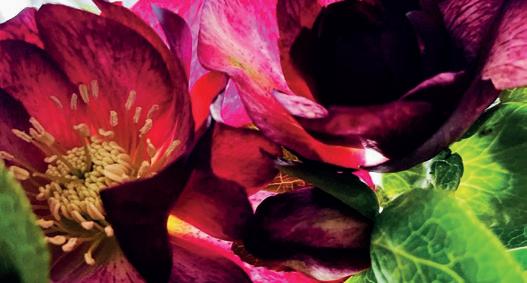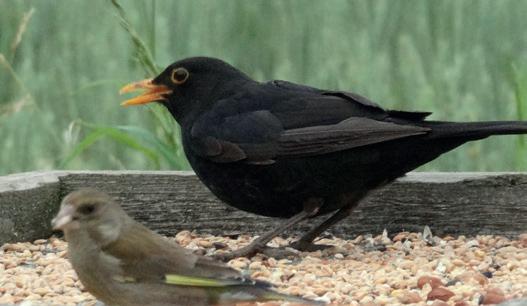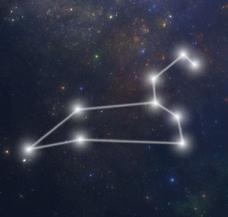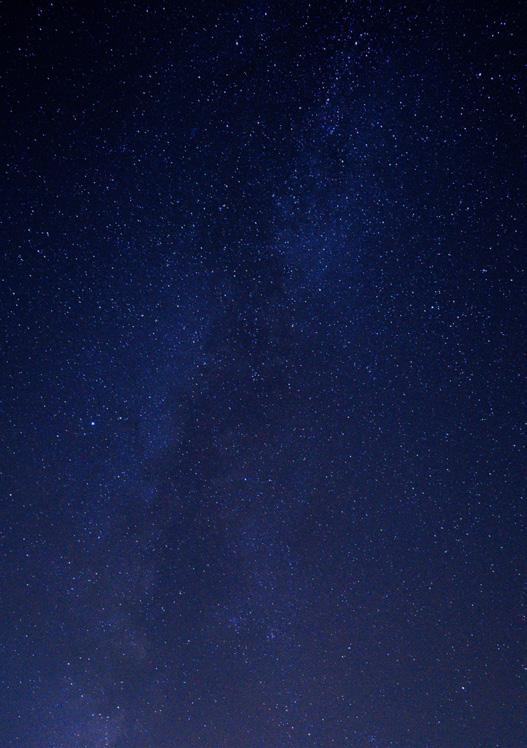
4 minute read
Encouraging wildlife to your garden
Encouraging wildlife to your garden
Heavens Above Sedimentary Rock
Advertisement
Welcome to the 62 nd Edition of Mud in Your Eye. In this issue: Hellebores are an early source of nectar by Patricia L. Cisco
Editorial
It’s that time of year as we start to move out of winter and the countryside starts to spring to life. ‘Thank goodness’ I am sure many of you are thinking!
There is so much to look forward to and this edition features just some of the things you can look out for, as well as ways of getting involved.
We’d love to hear from you!
Email ranger@eastlothian.gov.uk or follow us...
@ELCrangers @elcrangers
East Lothian Council Countryside Rangers
March
You don’t need to have a huge pond in your garden to provide water for wildlife. How about sinking an old washing up bowl into the ground to provide birds and hedgehogs emerging from hibernation somewhere to access water? Be careful if you have young children visiting the garden and always put a few rocks or a piece of wood in the bowl to help anything that may accidently fall in, get back out!
This is the time of year that the birds are really getting excited in our gardens! They need plenty of energy for their spring nesting. Make sure if you feed the birds that you keep your feeders clean to avoid passing on diseases or check for mouldy food that might have got wet.
As the wee birds in your garden will be planning and preparing their nests for their own wee ones, why not give them a helping hand by making and hanging nesting material in an old whisk, or bundle the nesting material together and tie it with a piece of biodegradable garden string. Hang in shrubs and bushes in the garden as the birds will want to keep to the safety of the shrubbery to collect their materials.
You may notice some big bumblebee queens lazily buzzing around low to the ground in March in your garden. They have just woken up from their winter slumber and are on the look-out for a nest site and some early nectar sources to replenish their energy levels.
Why not add some hellebores to your garden to help them out on their quest?
Some hellebores have droopy flower heads so to see their full beauty, tuck a small mirror underneath them so you can get to enjoy them more. Or just get down on your hands and get those knees dirty!
April
April is officially the start of the bird breeding season, but no one seems to have told the birds that as they often start a bit earlier than that!
Well, if you are trying to raise two or even three broods in a year, you need to get cracking! So, this is not a good time to be cutting back shrubs or getting the hedgecutter out, just leave the plants to grow and protect your birds’ nesting sites.

If you want to have a variety of different bird species to the garden, you need to not only have different types of bird feed but different bird feeders. Robins are ground feeders so only the bravest souls will go for a hanging bird feeder and birds like goldfinches have beaks adapted for collecting wild seeds such as thistle seeds so they like the black niger seeds which you will need a particular niger seed feeder for.
If you can,
Heavens Above
Now this might not be popular with hardened lawn lovers, but, why not leave some dandelions in your garden? They are so important as nectar sources for insects in your garden, early emerging bumblebees and hoverflies will love them. Hoverflies are great pollinators and their larvae are voracious aphid predators, so a win-win species for the garden. So maybe just a few wee dandelions wouldn’t hurt?
Towards the end of February and into early March, Venus and Jupiter will be side by side (in appearances only, obviously!) reaching their closest on the evening of March 1st. A pair of binoculars will give the best view of them, with Venus being the brightest of the two. On April 11th Venus will appear close to the star cluster known as the Pleiades or Seven Sisters. The seven brightest stars are named after the daughters of the Titan Atlas (the one condemned to hold up the world in Greek mythology). There are in fact around 3000 stars in this bright cluster and you can certainly make out many more than seven through binoculars.
The constellation of Leo is currently easy to find in the night sky. You can find it by searching for the Plough, which is overhead at the moment, and imagine it as a leaking saucepan. The leak would fall directly onto Leo’s back. Leo is one of the few constellations that actually looks like its namesake, resembling a crouching lion. The most obvious part is the lions head and chest, which is formed by a group of stars that is called the sickle, or in more modern terms a backwards questions mark.

In Greek mythology, Leo represents the Numean Lion killed by Heracles (Hercules to the Romans) ion the first of his twelve labours.
The bottom of the sickle is marked by Regulus, the brightest star in Leo. Regulus means ‘little king’ in Latin. In Arabic it is called Alb-al-Asad, which means ’the heart of the lion’. This translates into Latin as Cor Leonis (for all you fans of The Godfather films!). Regulus is in fact a double star. By far the brightest is Regulus A which is a blue coloured star about 3.8 times the mass of our sun. The other is a white dwarf.
Finally, if you are up and about in the early hours of 23rd April, and why wouldn’t you be, you may be lucky enough to catch the peak of the Lyrid meteor shower. This originates from the comet C/1861 G1 Thatcher and is the oldest recorded meteor shower still visible today, being first recorded in 687 BC.




